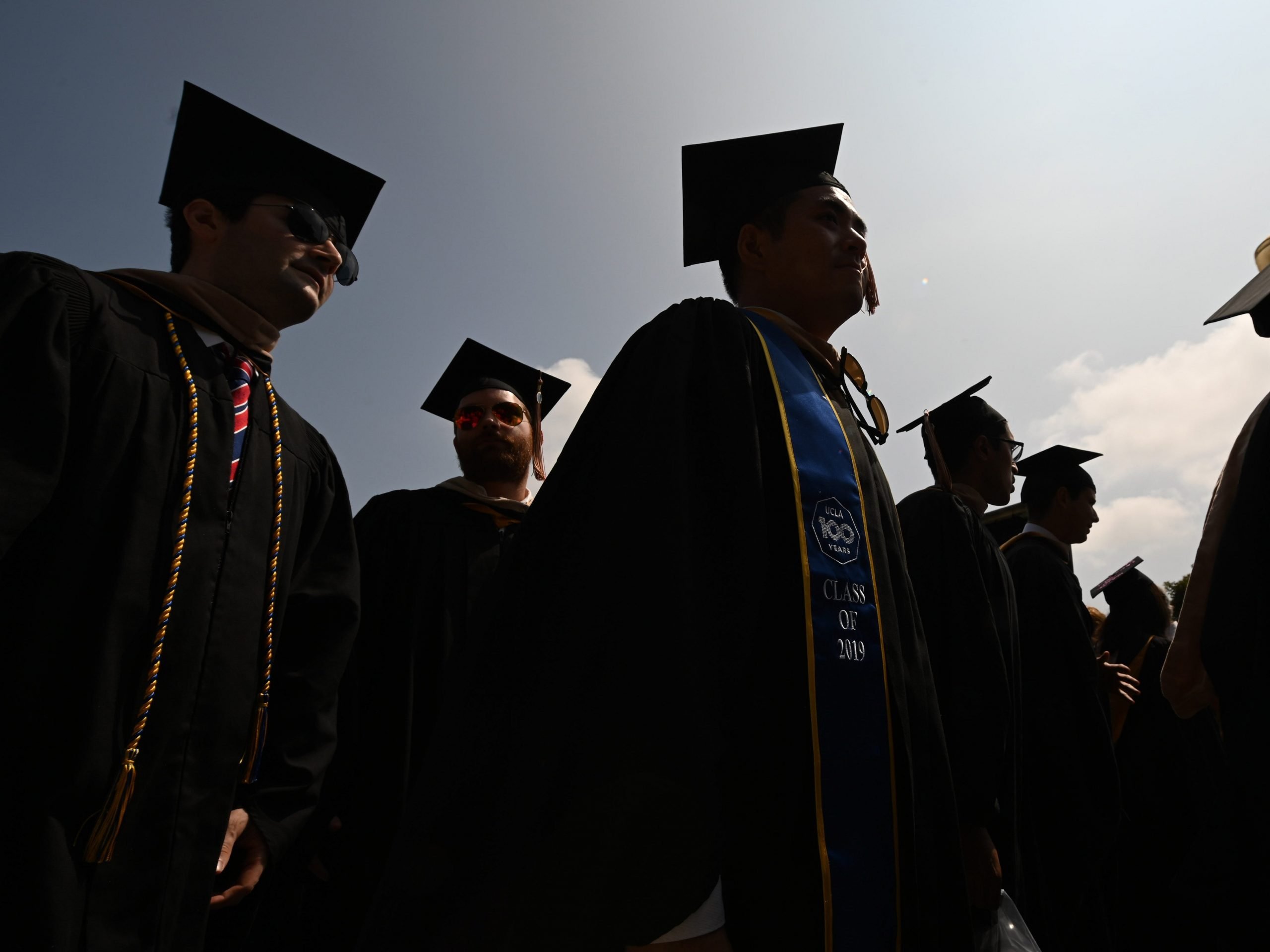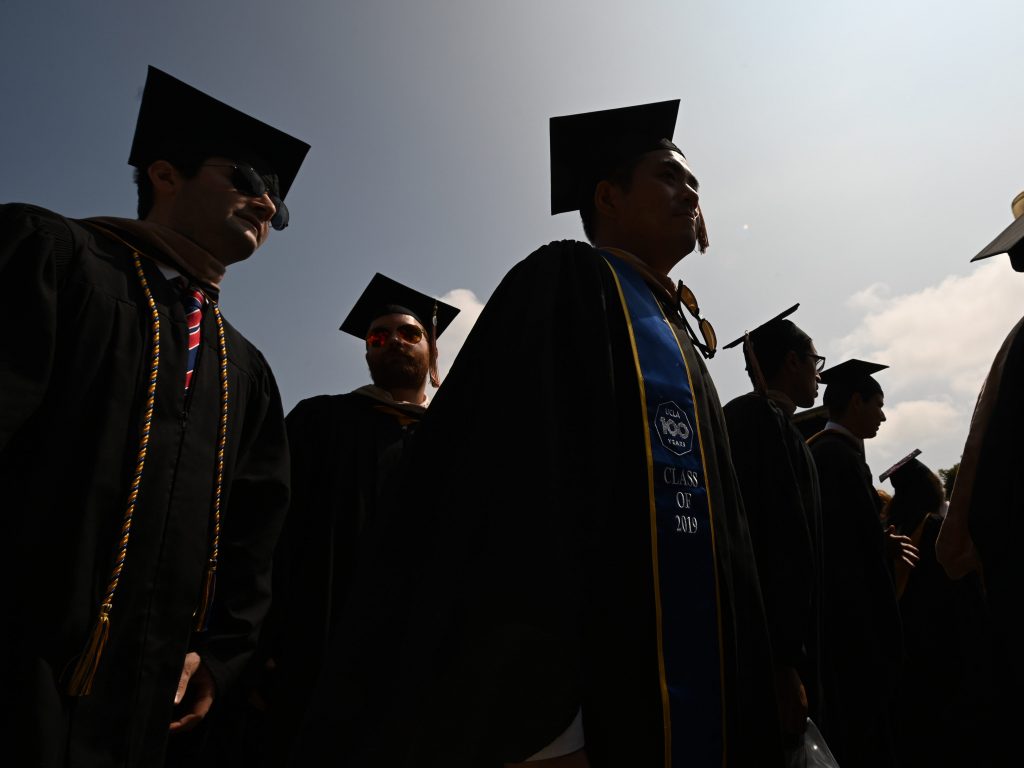
ROBYN BECK/AFP via Getty Images
- TIAA, a financial services company, released a survey examining the impact of student debt on public servants.
- It found student debt is hurting retirement savings for 39% of those borrowers.
- Workers in the public sector could qualify for loan forgiveness, but the program has a high denial rate.
The student debt crisis is continuing to grow, and workers in the public sectors, like teaching and nonprofits, are struggling to make significant dents on their loans each year. And it's hurting their retirement plans.
On Tuesday, TIAA – a financial services organization – released the results of a survey with 810 Americans currently working in public service industries. It found that over one in four borrowers, or 27%, have reported reducing the amount of money they save for retirement because of their student loans, and one in eight of those borrowers, or 12%, haven't even started saving for retirement for the same reasons.
And while the pandemic pause on student-loan payments has given borrowers needed relief, 57% of borrowers surveyed still have $50,000 or more in student debt while 24% of them have over $100,000 in debt, and once the pause lifts on February 1, almost all of public servants plan to experience at least "some difficulty" in paying off their loans.
Given the high amounts of debt public servants carry, the Public Service Loan Forgiveness (PSLF) program was created in 2007 to give those borrowers student-debt relief after ten years of qualifying payments. But since the first group of borrowers became eligible for forgiveness in 2017, the program ran up a 98% denial rate, leaving the vast majority of those borrowers burdened with debt they thought would be wiped out.
That's why the Education Department announced an overhaul of PSLF last month that implemented a limited-time waiver through October 31, 2022, to allow borrowers to count payments from any federal-loan programs or repayment plans toward loan forgiveness through PSLF, including programs and plans that were not previously eligible.
As NPR recently reported, though, FedLoan Servicing, which manages PSLF, did not account for the new rules for at least three weeks after the department's announcement, leaving borrowers excited to be brought closer to relief disappointed.
Even beyond the debt burden public servants hold, borrowers across the country told Insider they don't see a retirement in sight. Linda Navarro, 70, borrowed $20,000 in 1990 for graduate school, and she now owes $145,000 and has an estimated payback of $212,544. She previously told Insider that "there's a real fear in dying in this."
"When student loans took over my life, I stopped looking forward to anything," she said. "You are on a hamster wheel, and you will not get off. You know that you will never get off."
And Reid Clark, a 57-year old with $550,000 in student loans for his five kids' educations, previously told Insider his retirement outlook is bleak.
"I'm looking at paying $3,000 a month for the better part of the rest of my life," Clark said. He estimates he'll have to keep making those payments for at least three more decades.
Lawmakers are ramping up calls on President Joe Biden to cancel student debt, but with the Education Department preparing for payments to resume next year, it's unlikely broad relief is coming anytime soon.
Do you have a story to share about student debt? Reach out to Ayelet Sheffey at [email protected].
